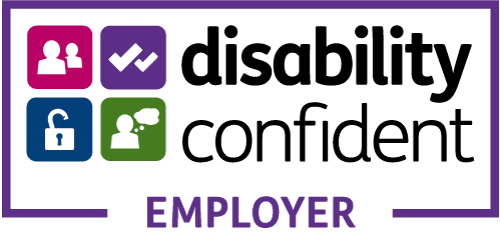
How to tailor your CV for freelance
How to tailor your CV for freelance
almost 4 years ago by Kaisa Laug
One of the first things we ask for from people who are looking to register with us for freelance is a CV.
Although CVs are often deemed as things of the past, clients still really like to see them, as opposed to LinkedIn profiles. As do we, here at Beyond the Book.
Your CV is an important selling tool for your skills and experience on a freelance basis. It should be a comprehensive summary of who you are, what you offer as your freelance service, what experience you have and what tools you use to deliver your work. It needs
to convince the reader very quickly that you are worth investing more of their time in.
Also, if you choose to work with a recruitment company, your CV and portfolio (where applicable) are your chance to indirectly communicate your story to the end client in your own words. So, don’t underestimate the value of a good CV. Even the most senior of people, who would like to think their experience speaks for itself, need one.
How is a freelance CV different from a permanent CV?
The CV you use for finding a permanent role should be tailored specifically for the type of job you are looking for, as well as the company you are applying to. However, a freelance CV needs to cater for all relevant clients and requirements, that are within your skill set.
Freelance CVs should communicate your whole service offering and experience from the very start in a concise and clear manner. As freelance often has to be a relatively quick decision, this approach to your CV allows the decision-maker to more easily determine whether you have what they need for their requirement.
In terms of length, we recommend sticking to a maximum of 2 A4 pages. Also, bear in mind that often your CV is first of all reviewed by an HR professional, who may not have a detailed understanding of your role, therefore, it’s essential that your CV is jargon free and communicates your service offering in a clear manner.
Structure of your freelance CV
It is important to plan the information flow for your freelance CV. You want the most important information about you and your experience to be at the very start and the less relevant details to come later. This way you set out what you can bring to the table from the outset and will avoid the reader missing any key information.
For example, you could start with a short paragraph, or a profile, that sets out everything you offer as a service, the experience you have and what tools you use to deliver you work. The idea here is to give a good overview of your experience as a whole and make sure
it’s clear to the reader what your capabilities are. This introductory overview should be more focused on your service offering than you as a person, as it is your experience and skill that clients will buy into. Please see the example below
“I am a freelance middle-weight Designer with significant experience in the retail sector. I have worked very successfully with many leading retail brands over the past 20 years to create exciting design concepts and well-crafted visuals. This coupled with 10 years of working in a freelance capacity offers clients an experienced and confident freelance solution”.
As part of the introduction, you should also highlight the relevant software skills or any other tools you use to do what you do. Even if you think it is obvious that as a Designer you use Adobe CC apps in your day to day, don’t leave it for assumption, put those on your CV. However, only list the software you have extensive experience of using as the client will expect you to be able to go in and easily pick up that piece of software.
While your freelance profile already explains what you do, don’t forget to add your work experience to your CV. Potential clients will want to see where and how you gained the experience you talk about in your introduction, so elaborate a little more about your relevant responsibilities in previous roles. Also, don’t forget full company names, job titles and dates. A prospective client or recruiter will want to know what you specifically did and what your responsibilities were, that make you an expert in your field.
Remember to be quite bold with cutting out information that doesn’t add any weight to your freelance offering. Things such as answering a telephone as part of your first admin role don’t really make you the Web Designer you are today.
You don’t necessarily need to add all of your past employment if you have done what you do for a long time, however, we would recommend having at least the past 5-10 years of employment on your CV. ·
Education is important, and it depends on the nature of the work, but with freelance, clients don’t tend to require a certain qualification. Therefore, leave your education among the last things on your CV. It is good to list the education you have and any other qualifications, but the key is to keep it brief and relevant to what you offer as a freelancer.
Choose an appropriate format and design
Microsoft Word and PDF CVs are still the most common format for CVs. With Apple’s Pages, we have seen an increase in Pages CVs being sent to us, but sadly we cannot open those. So that leads us to our next point - choose an appropriate format for your CV.
A Microsoft Word CV or a PDF, is a safe bet if you don’t know what operating system the recipient is using. Windows users cannot convert Pages documents to Word docs, but you should easily be able to convert a Pages doc to a Word doc in Pages, before sending it to a client or a recruiter.
Unfortunately, the same doesn’t apply to Creatives. Having a Word CV from a Creative or Studio freelancer is a little underwhelming. If you have the skills to design a neat layout for your CV, which marries up with your portfolio, it makes your CV stand out more, plus it demonstrates an investment of time.
However, don’t over design your CV. There is no need for anything flashy. Just make sure the layout is neat and it communicates your experience in the best possible way. If you use both a CV and portfolio to market yourself, try to marry those up together in terms of design and content.
Infographics add a visual element to a CV, which can be useful to save space and communicate certain skills but be careful not to overuse visual elements as you may miss out key information.
Lastly, you may be gorgeous but please leave out the photo! You will not want anyone forming any opinions on you based on your looks. Let the experience and your skills do the talking!
Keep your CV up to date
Once you have fully immersed yourself into to the freelance life, it will be busy but remember to keep your CV up to date - especially when sending your details to new client prospects.
Here at Beyond The Book, we aim to make freelance work a positive experience for everyone. We want you to have a successful career and hope you have found this information useful. Where possible, we are very happy to give more tailored and specific advice on CVs.
For more information please contact us on 01789 451510 or email us
Continue reading
-

Typical freelance rates
-

Choosing the right approach to recruitment
-
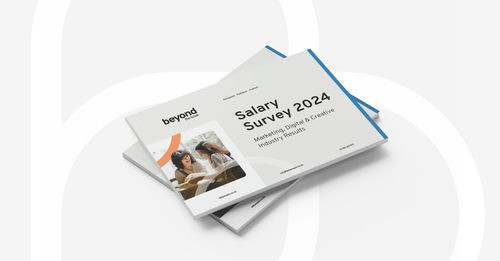
Salary Survey 2024 – FREE DOWNLOAD
-

How to set yourself up as a Self-Employed Contractor?
-
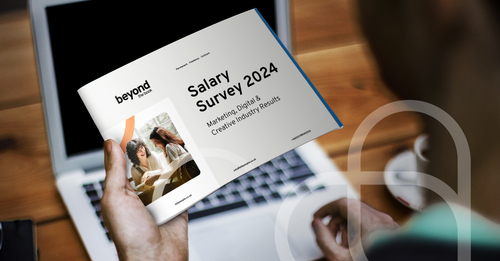
Leveraging a Salary Survey for Strategic Recruitment Planning
-

Ineffective Recruitment – It’s a wrap!
-

Ineffective Recruitment - Part 6
-

5 reasons to avoid a multi-recruiter strategy
-

Ineffective Recruitment - Part 5
-

Ineffective Recruitment - Part 4
-
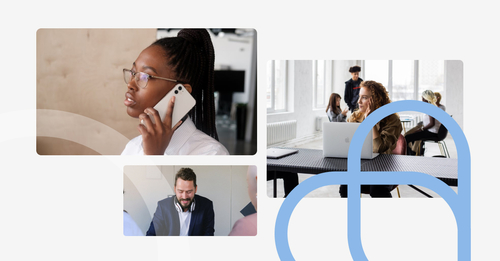
Ineffective Recruitment - Part 3
-

Ineffective Recruitment - Part 2
-
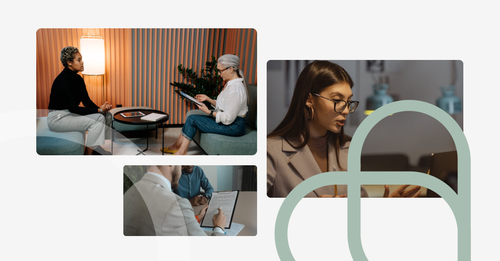
Ineffective Recruitment
-

Need to hire in confidence?
-

Be the best choice for your ideal candidate
-

Qualify Your Recruiter - FREE DOWNLOAD
-

Jack heads for the House of Lords
-

Maintaining your brand reputation during your recruitment process
-

Employee loyalty - from one way to two way, or the highway!
-
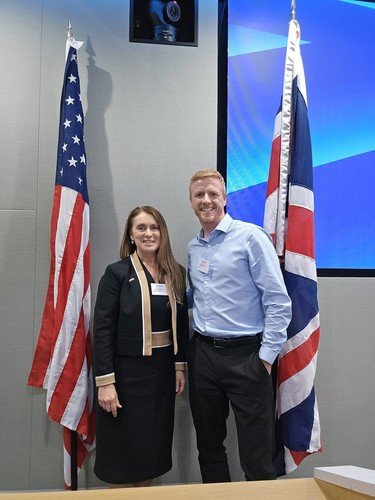
We are patrons of the GBTCC
-

How to protect your brand when recruiting directly
-

Introducing our new Watchlist - for Agencies
-

introducing our new Watchlist - for Companies
-

Expanding Horizons: Beyond the Book brings its Marketing recruitment services to the USA
-
.jpg)
Is it time to grow your marketing team?
-

Trust us to care and deliver
-

Complimentary Salary Benchmarking - 2023
-

A little update for candidates and freelancers
-

Will you go out with me?
-
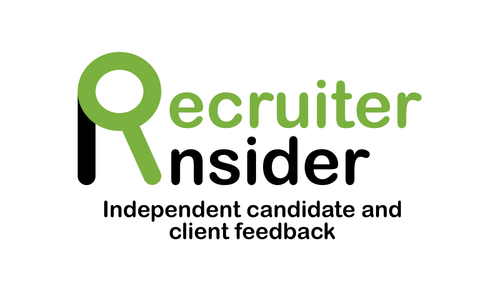
Our latest investment in recruitment excellence
-

How best to recruit in a hurry
-

Midlands Annual Design Survey 2022
-

FAQ - About Beyond The Book, for businesses
-

Where do you go if you are looking to bring your first Head of Digital into the team, in-house?
-

How do you go about hiring a senior digital professional, agency side?
-

With Halloween approaching, lets discuss ‘ghosting’
-

How has hiring a Freelancer or Contractor changed post Covid?
-

Our Salary Survey 2022 - FREE DOWNLOAD
-

Update & insights in the current market 2022
-

The real reason your recruiter is asking you to work exclusively
-

Recruitment activity needed in the current marketplace
-
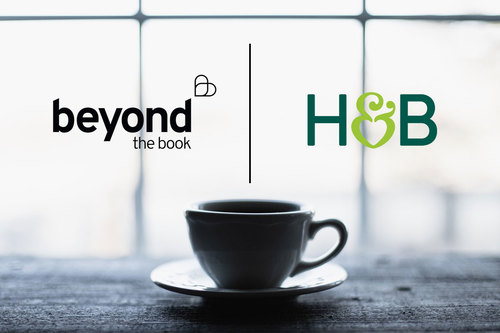
Where do you go when you need multiple roles filled, and quickly!?
-

Recruiting direct? Job copy advice in the current climate - FREE DOWNLOAD
-

Say Hello to Ella, Georgie and Mallory!
-

Meet our marketing recruitment team
-

Is a career in freelance Account Management for you?
-

Fundamentals for a creative CV
-
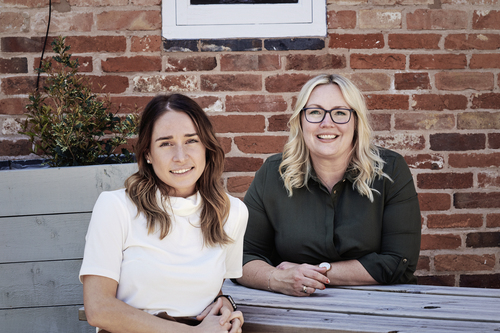
Is your freelance roster running dry?
-

A Case In Point – Helping my client look for a specialist Digital Marketing Executive
-

Client case study - why relationships matter
-

How to improve your diversity
-

How to prepare & present your freelance portfolio
-
.jpg)
People Need Not Apply!
-

Why are people who choose Agency life loving it more than ever before?
-

How to create a killer content plan
-

Want to get better at b2b marketing?
-

Update & insights in the current climate 2021
-

A case in point….
-

How we delighted this HR Manager with a seamless recruitment process
-

10 ways a quality, specialist recruiter can add significant value to your job search
-

What if... your recruitment planning isn’t aligned to the current climate?
-

Agency PR and Marketing Case Study
-

What is a career in recruitment really like?
-

Hybrid working: What does that even mean?
-

Where did those two weeks go?
-

Salary is the only way to be competitive?
-
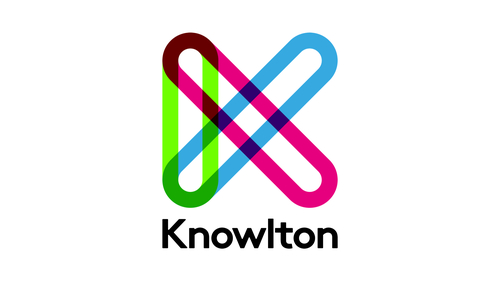
Advertainment - Driving trackable results
-

Our Salary Survey 2021
-
The Power of Employee Experience – Q&A with Robert Pender
-

LinkedIn Top Tips for Jobseekers
-
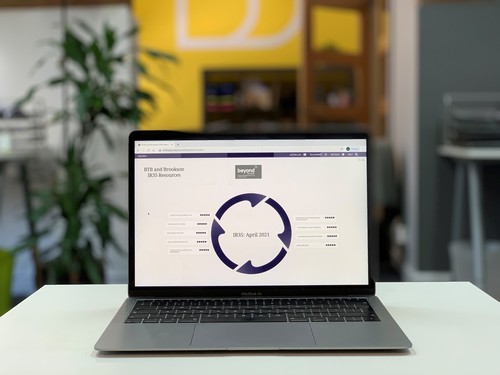
IR35 Cycle – IR35 support resources for your business
-

Should your strategy include email marketing?
-

Case Study – Content Manager
-

Q&A with Jessie and Michelle
-

BTB – Recordings of our IR35 webinars
-

How is the freelance market shaping up in 2021?
-

Supporting Juniors entering the creative industry
-

Flexible working is the new 9-5!
-

Is your company exempt from the IR35 reform?
-
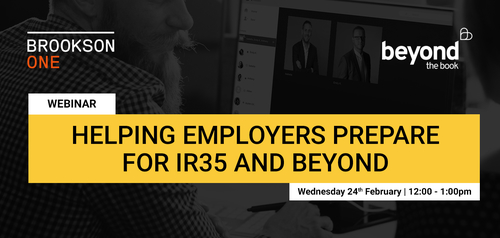
BTB & Brookson One IR35 Webinar for Businesses
-

BTB & Brookson One IR35 Webinar for Freelancers
-

A Social Media (and a bit of PR!) case study
-

How freelance works for clients
-

Are you missing your ideal candidate?
-

The very real cost of less than perfect recruitment
-
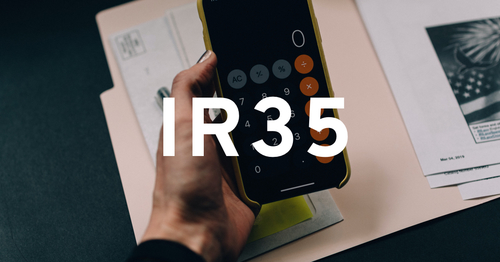
IR35 Off-Payroll changes - FREE DOWNLOAD
-

We have the market covered
-

Our commitment to Businesses in 2021
-

We have a winner!
-

Information update from us to you
-

Happy New Year!
-

If 2020 has taught us one thing...
-

Recent Marketing and Content case study
-

Recent Marketing case study
-

Recent Digital Marketing case study
-

Recent PR case study
-

Do you need a PR person?
-

Recent creative case study
-

An update for businesses
-
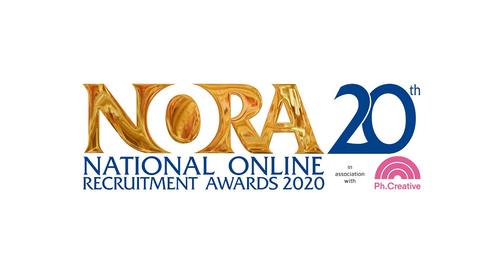
We’re finalists!
-

Creative and Design
Client Services and DeliveryDigital Marketing
Marketing and Brand
PR and Communications
Digital Specialists
Freelance -
13 The Courtyard
Timothy's Bridge Road
Stratford-upon-Avon
Warwickshire
CV37 9NP
01789 451510
info@btbpeople.co.uk
View map -
Stay connected to
Beyond The Book
Beyond The Book is a Disability Confident Employer and Inclusive Recruiter. If you experience any barrier in navigating, reading or processing the content of our website, or applying for any advertised positions, please contact Sally Moist or Adam Smith (or ask someone on your behalf to). Sally or Adam will reach out to you promptly (or your named representative), listen to your needs and identify ways to help you access our information and service.
© Beyond The Book Ltd. | Registered in England no. 06856820 | Vat no. 102143971 | Privacy Policy
